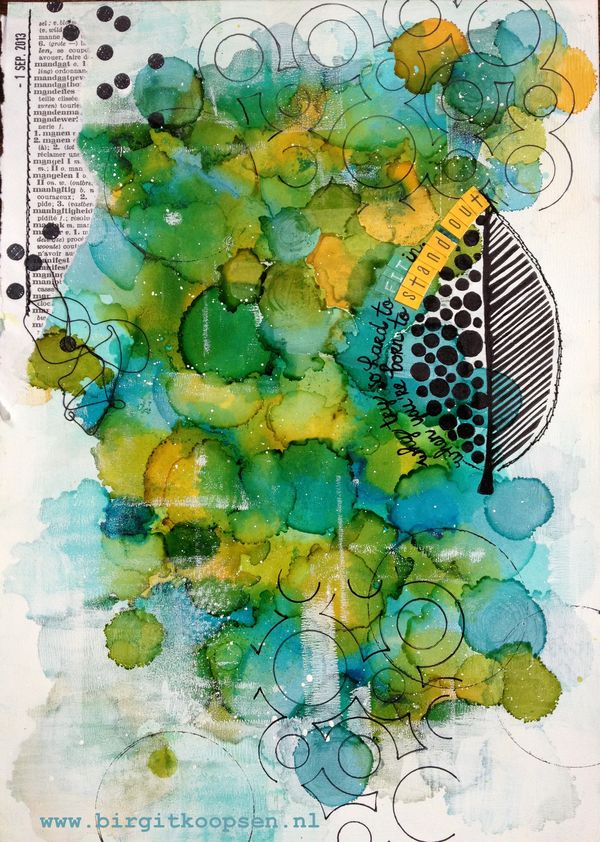


Treatment may affect the chemical structure of the media without causing visible alteration at the time of treatment. Potential alteration of media during conservation treatmentĮffect of moisture, solvents, consolidants, buffers, weight and pressure, heat, air currents, static charge, lining. Note: a uniform surface “abrasion” or polishing may be a positive sign of the good condition and normal aging of old master prints and drawings kept historically in albums. Potential alteration of media during handlingįlexing support, brushing, touching or covering surface. Co, Cu, Fe, Mn, Zn) which may catalyze degradation of cellulose in presence of oxygen and moisture (Mairinger et. Heavy metal ions (some transition metals in particular, e.g.Oxidation/reduction: indigo, Prussian blue (develops irridescence).(Also, Prussian blue, madder, chrome green, Hookers green, yellow lake, van dyke brown, gamboge, some pigments in Currier and Ives prints). Alkalinity: In most cases it is organic pigments that change colour on deacidification due to changes in their molecular and electronic structure (logwood, carthamine, gamboge, litmus, tumeric, cochineal) (Daniels).“Litmus” reactions seen in watercolors which have been in contact with acidic mats. Acidity: (calcium carbonate, red lead, ultramarine).red lead, white lead, naples yellow, smalt Inorganic pigments are much less susceptible. natural organic pigments, gamboge, cochineal lakes, indigo, carmine, vermillion some pastels. lead and arsenic containing pigments in Islamic miniatures. Materials in combination with each other may cause changes over time, e.g.fading of iron gall ink felt tip pen inks. Color changes, fading and other alterations may occur without the influence of an outside agent, e.g.Desiccation of binders: watercolor, gouache, tempera, distemper, printers inks.Is media well adhered to paper support? (or to ground or underlying layers).Media may protect paper: lead and calcium whites opaque pigments.oil paint, iron gall ink, printing ink, titanium dioxide, copper greens, zinc white). Media may discolor or degrade paper (e.g.Integrity: fixed or loose, flexible or brittle (tented, flaking, etc.).Topography: raised or flat, thick or thin.Surface: glossy or matte, compacted or fluffy.Inherent physical characteristics of media

To identify problems to help determine treatment methods.įactors to Consider To identify potential problems so that treatment and storage and exhibition conditions can be limited or modified so that media are not altered.


 0 kommentar(er)
0 kommentar(er)
